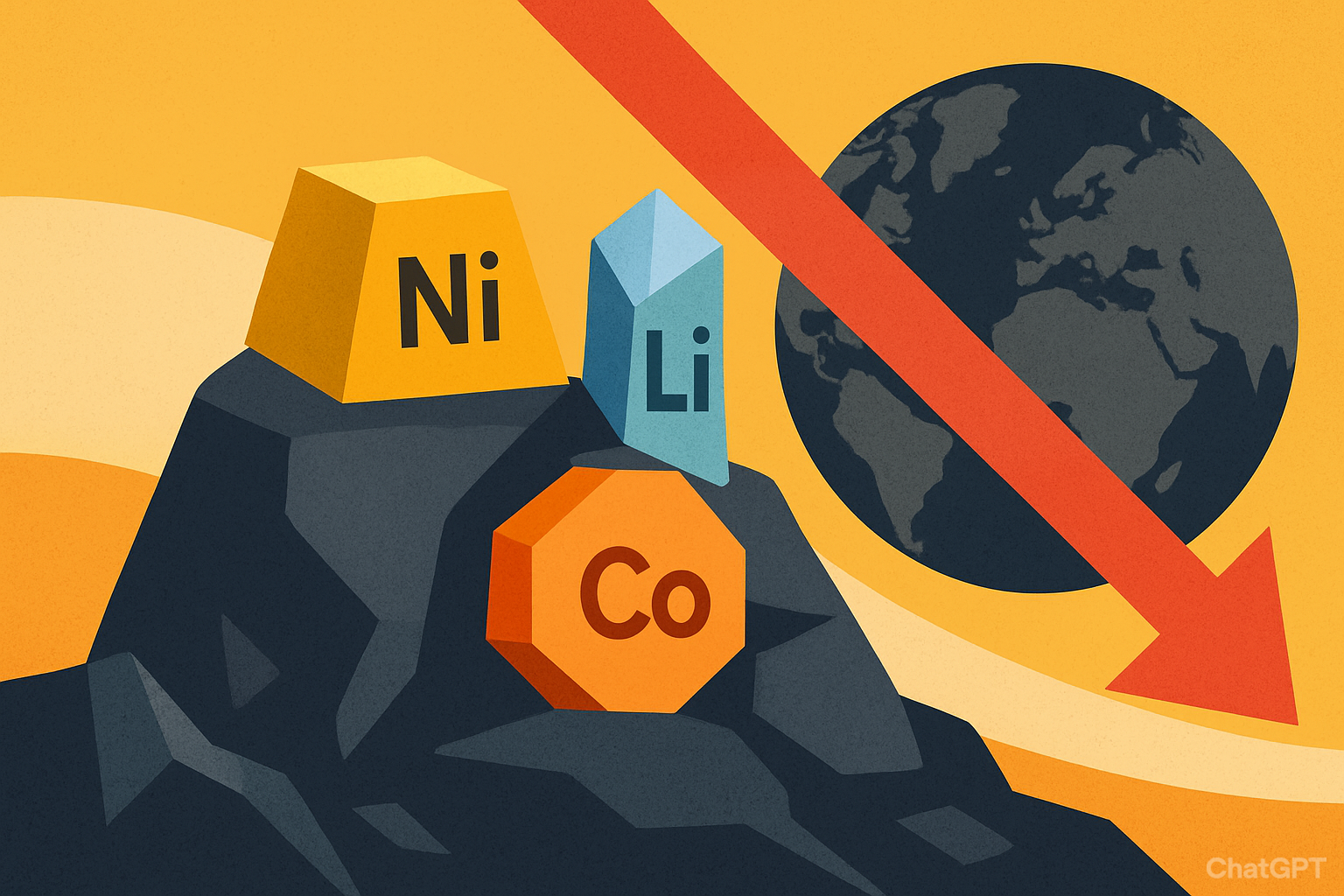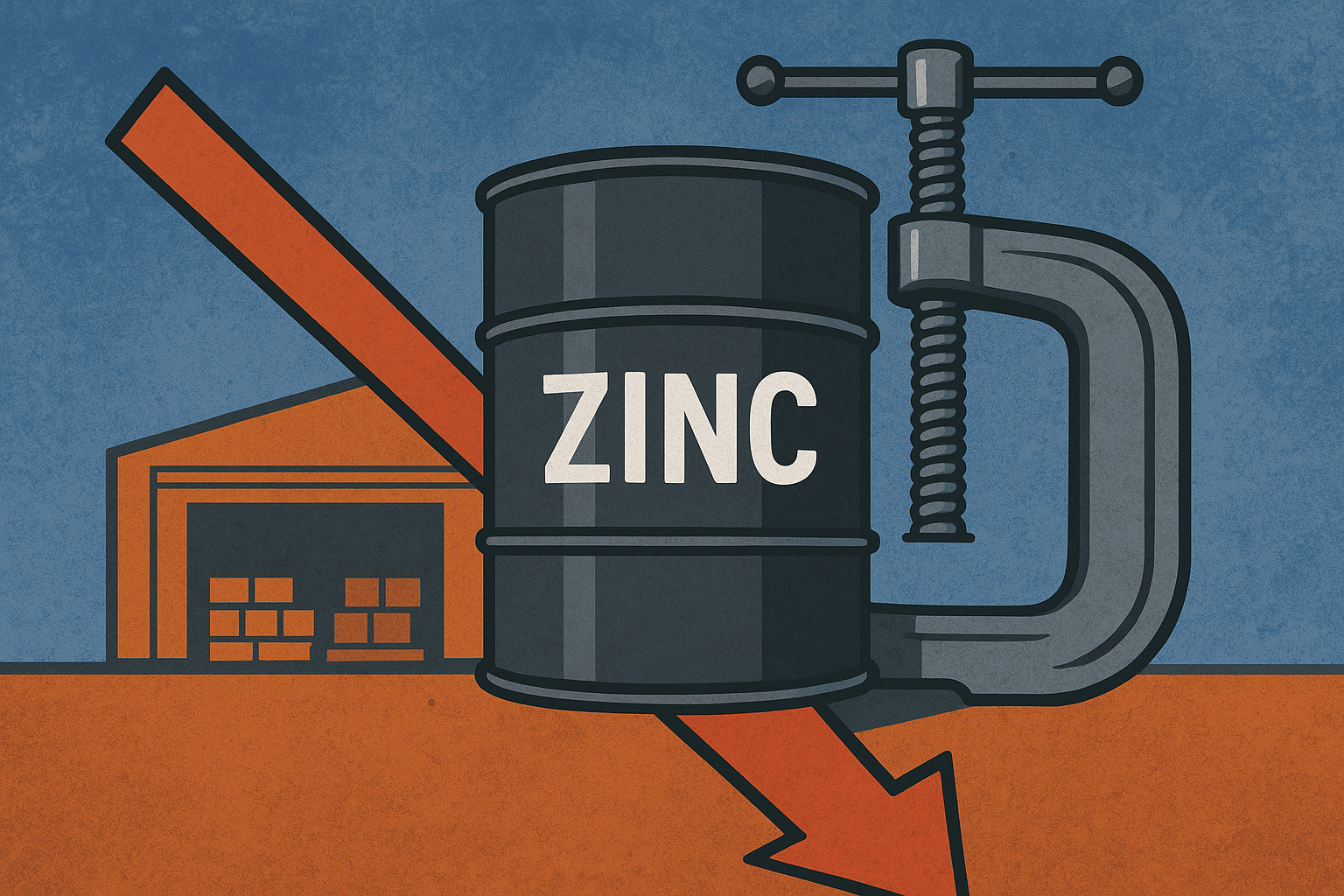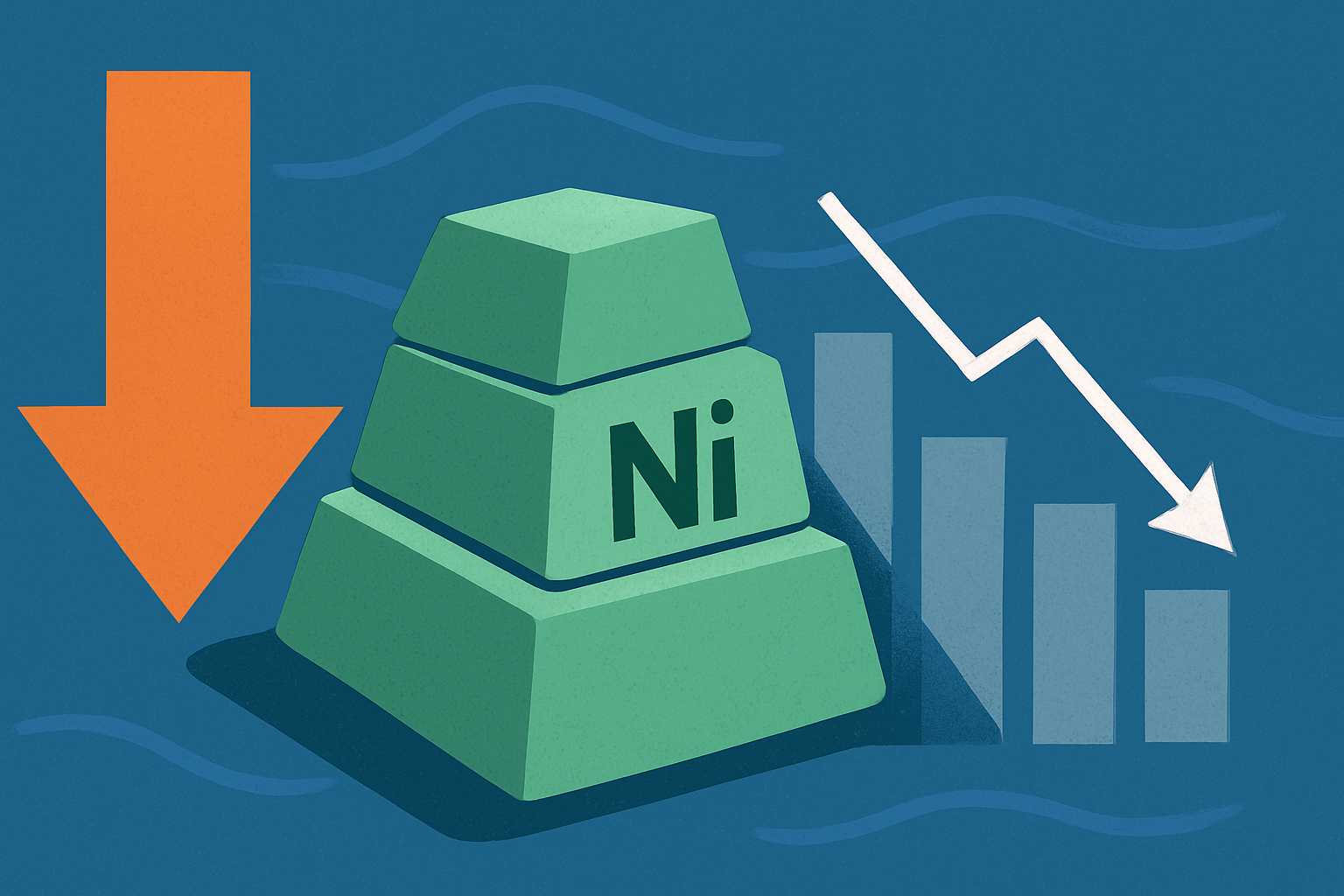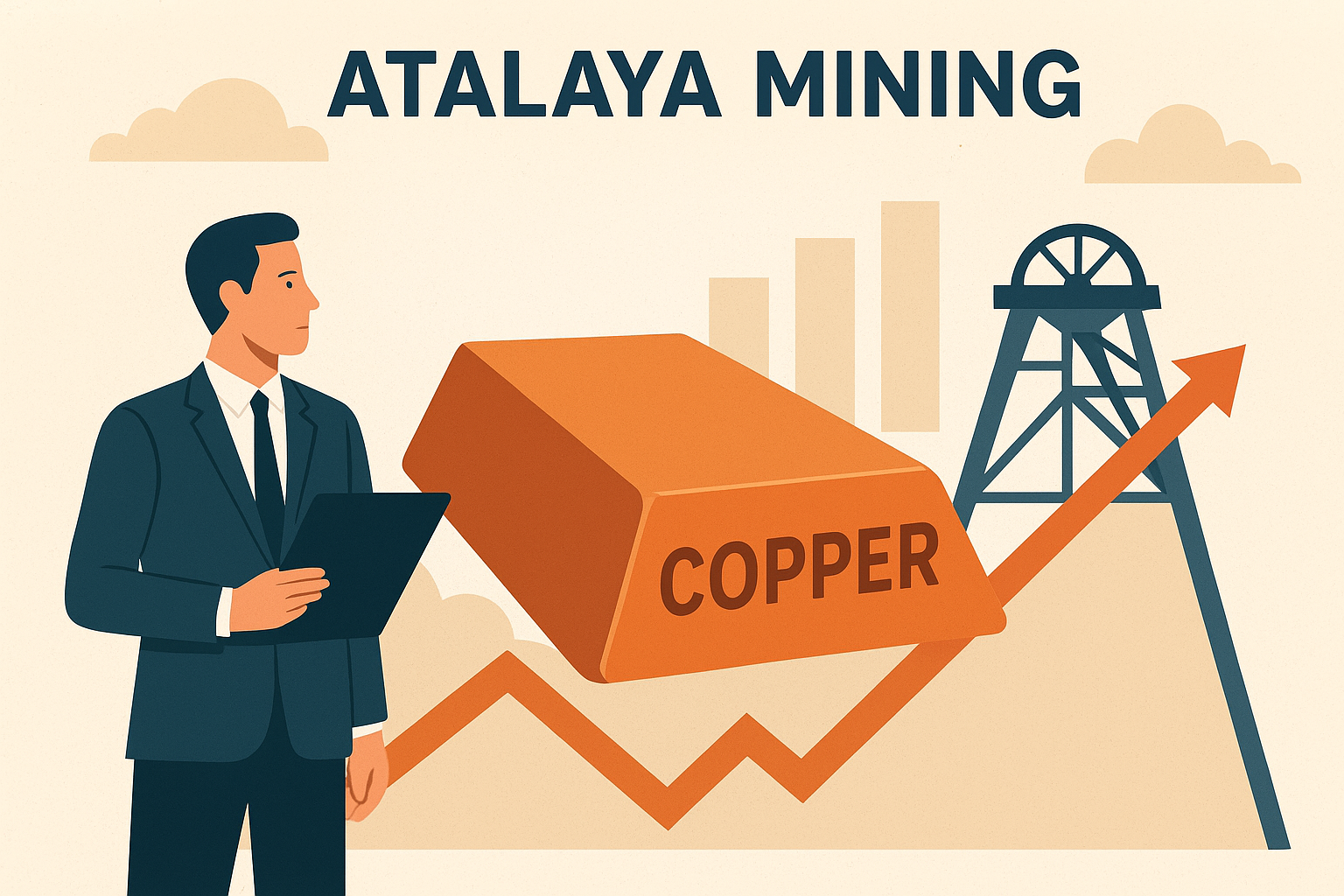Global investors are watching critical minerals closely, with expectations for these metals tied to the electric vehicle (EV) revolution, renewable energy buildouts, and national security priorities. Yet despite long-term demand projections that look robust, the near-term market picture tells a very different story. At the International Critical Minerals & Metals Summit in Bali this week, analysts highlighted that metals such as nickel, lithium, and cobalt are trading well below what their fundamentals suggest—underscoring the persistent disconnect between demand hype and market reality.
Sentiment Versus Fundamentals
Nickel, a core input for EV batteries and stainless steel, has been among the hardest hit. Benchmark prices are hovering near multi-year lows, pressured by record Indonesian output and a global inventory glut. Lithium carbonate, once the darling of the energy transition, has fallen more than 70% from its late-2022 highs as new supply from Australia, China, and South America came online faster than expected. Cobalt too has faced oversupply, with key African producers ramping output while demand growth underwhelmed.
According to Reuters, summit delegates warned that speculative positioning has amplified the price weakness. Hedge funds and commodity traders, still cautious after last year’s volatility, remain reluctant to take significant long exposure until clearer supply-demand signals emerge. The cautious sentiment stands in sharp contrast to forecasts from organizations like the International Energy Agency (IEA), which project critical minerals demand to quadruple by 2040 under aggressive net-zero scenarios.
Why This Matters for Investors
For investors, the divergence between long-term fundamentals and short-term price weakness creates both risks and opportunities. On one hand, miners with high costs or leveraged balance sheets face serious pressure if prices remain depressed. On the other, disciplined producers with strong cash positions and efficient cost structures could emerge stronger from this downturn, consolidating market share as weaker players exit.
The summit also highlighted the role of government intervention. Policy actions—such as export restrictions, subsidies, and stockpiling programs—can rapidly shift market dynamics. Indonesia, for example, continues to expand its influence over nickel by tightening export policies and mandating local processing. Meanwhile, the United States is considering expanding its strategic stockpiles and has floated tariffs on certain mineral imports, moves that could support domestic producers.
Future Trends to Watch
1. Supply Rationalization
History suggests prolonged price weakness eventually triggers supply discipline. Mine suspensions, delayed projects, or reduced capital spending could tighten markets over the next 12–24 months. Investors should track company announcements around capital expenditure and operational cutbacks.
2. Energy Transition Demand
Despite weak spot prices, structural demand drivers remain intact. EV penetration continues to rise globally, with BloombergNEF forecasting over 30 million EV sales annually by 2030. Grid-scale battery storage is also emerging as a significant growth segment. The lag between these demand drivers and current oversupply could set the stage for sharp price rebounds.
3. Policy Interventions
Critical minerals are increasingly tied to geopolitical strategies. U.S., EU, and Asian governments are rolling out policies to secure supply chains, often through subsidies or direct investment. Such interventions could create asymmetric upside for strategically located producers.
4. Investor Positioning
Speculative sentiment has remained light in futures markets, suggesting limited downside risk from mass liquidation events. If sentiment shifts, the influx of speculative capital could accelerate a recovery in prices.
Key Investment Insight
Investors should approach the current weakness in critical minerals not as a blanket signal to avoid the sector, but as an opportunity to be selective. Low-cost producers with strong balance sheets are best positioned to weather the downturn and capitalize when demand growth realigns with fundamentals. Companies with integrated operations—such as those able to refine or process domestically—also stand to benefit from policy tailwinds.
ETF investors may look at diversified baskets of energy-transition metals, while those with higher risk tolerance might consider early-stage explorers in politically stable jurisdictions where supply deficits could emerge first.
Critical minerals are stuck between the optimism of the energy transition and the reality of oversupplied markets. For investors, the challenge lies in navigating this volatility—identifying which companies can survive today’s price troughs and thrive in tomorrow’s demand-driven environment.
Stay connected with explorationstocks.com for timely, data-driven insights on commodities and mining that help investors stay ahead of the market.






